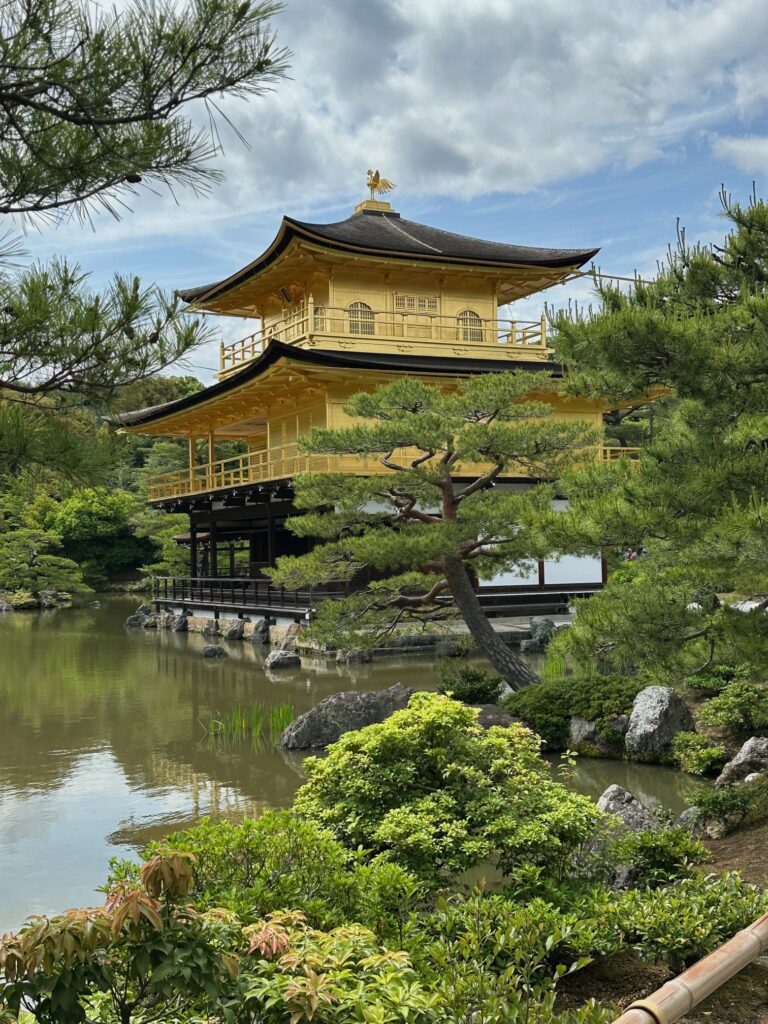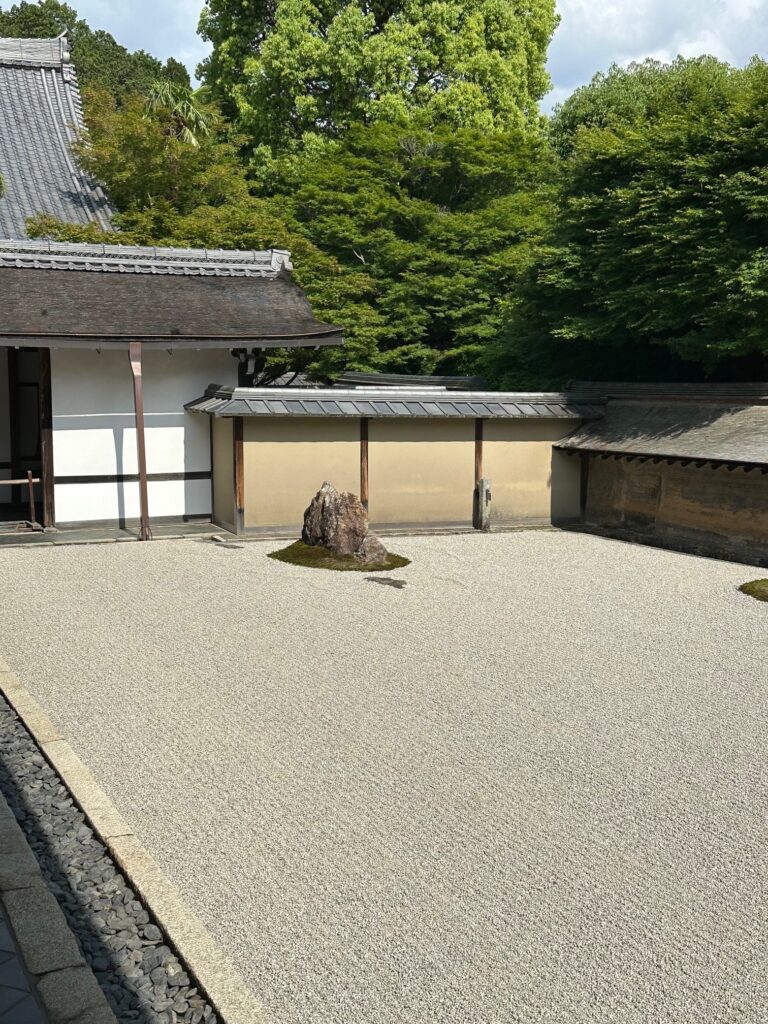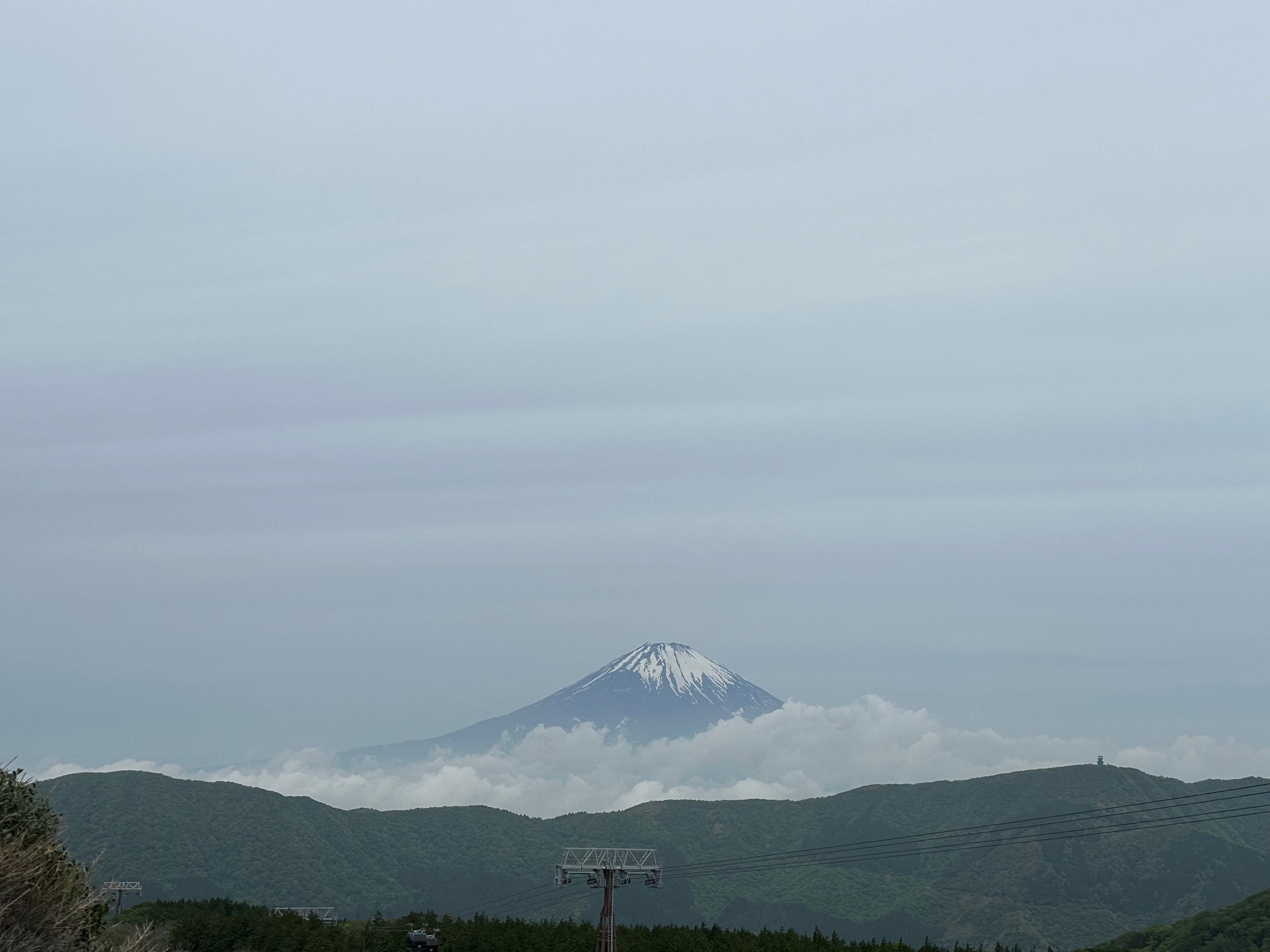Last month, I traveled to Japan hoping to reset my perspective and immerse myself in a culture where craftsmanship, materiality, and simplicity are deeply ingrained in everyday life. From the bustling streets of Tokyo to the serene rock gardens of Kyoto, I found myself inspired by the quiet power of design—how architecture and landscape coexist without shouting for attention. Here are six places from my visit that left a lasting impression on me, and how they may influence my work back home.
Hakone Open-Air Museum – Hakone, Kanagawa
Japan’s first open-air museum (est. 1969) features sculptures by Picasso, Brâncuși, Henry Moore, and others, thoughtfully placed throughout 70,000 m² of rolling hills and forest.
I was struck by the effortless interplay between art, landform, and light. Each installation felt site-specific and quietly powerful—an approach I aspire to in how I site homes and design outdoor connections.

Kinkaku-ji (The Golden Pavilion) – Kyoto
Originally built in 1397 as Shōgun’s retirement villa, this gilded structure seems to float above its surrounding pond, a perfect balance of stillness and spectacle.
I was surprised at first by the juxtaposition of bold gold leaf and delicate architectural lines—dramatic yet refined. It’s a powerful reminder of how material and reflection can heighten both presence and serenity.

Gōra Kadan Ryokan – Hakone
Once an imperial family’s summer retreat, this modernized ryokan blends traditional elements—tatami rooms, dark beams, sliding doors—with garden views and hot spring bathing called onsen.
Spending a night here was a study in peaceful elegance. The layering of interior and exterior, and the integration of nature into every view, reminded me how restraint and proportion can feel luxurious.

Ryoanji Temple – Kyoto
This Muromachi-period Zen temple is home to Japan’s most famous dry rock garden, composed of 15 stones carefully arranged so that one is always hidden from view.
The garden’s minimalism challenged me. It reinforced that great design doesn’t always show everything at once—sometimes what’s left unsaid or unseen adds the most depth.

Nijo Castle (Moto-Rikyu) – Kyoto
Built in 1603 for Shōgun Ieyasu, this UNESCO site is a study in organization and procession, from layered walls and gardens to finely crafted palace interiors.
I was drawn to the layered composition of structure, ornament, and base of this small building in the compound. It sparked ideas for how traditional layering could influence detailing in a New England vernacular.

Tenryū-ji Temple – Kyoto
Founded in 1339, this temple’s strolling garden by Zen master Musō Soseki uses borrowed scenery from the Arashiyama mountains and precise spatial choreography.
One detail that stayed with me was a simple porch railing intersection—perfectly proportioned and expertly joined. A small moment of mastery that speaks volumes about the care and craft embedded in daily design.


